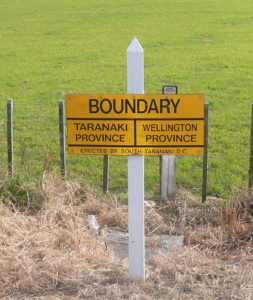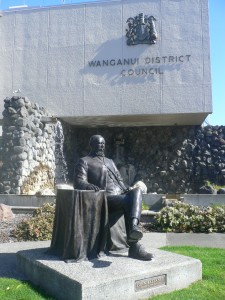 Power in the Ancient Times
Power in the Ancient Times
When Pākehā first arrived in New Zealand, political power resided amongst Māori. Most of the tribes (there were about 50) were large informal groups; real power lay at the level of the hapū, or the sub-tribe.
Māori Jurist Eddie Durie has argued that real power, too, was ‘diffuse’ – that is, it was effectively spread throughout the hapū with many different people performing roles that implied a possession of an aspect of real ‘communal’ political power. This was the way that Māori had governed themselves for centuries, and it worked well.
Pākehā and Political Power
Māori soon realised that European saw the exercise of political power quite differently. However, when the Treaty was signed in 1840, Māori did not realise how different those Pākehā perceptions of political power really were.
 By signing the Treaty, Māori believed that they were safeguarding the political system they had lived by for generations. But the Crown saw it differently, though this was not made clear to Māori at the time.
By signing the Treaty, Māori believed that they were safeguarding the political system they had lived by for generations. But the Crown saw it differently, though this was not made clear to Māori at the time.
The Crown view turned on two concepts that were incompatible with Māori views – firstly, that they had acquired sovereignty of New Zealand from Māori, and secondly, that they could thereafter construct an overarching political structure (a Parliament) that would not necessarily reflect Māori political interests, nor even representation.
When Hone Heke attacked the British flag at 4 am on 11 March 1845 at Kororareka, he did so because of his disillusionment with the increasing power of the Crown over Māori. The wars that followed came about for identical reasons, especially the war in the Waikato in 1863, There, a Māori King movement had been established in 1858 to represent the power of Māori as a counterweight to the growing weight of the Crown. Deeming the Māori King to be unacceptable, the Crown had attacked Waikato in order to destroy the Kingitanga.
Māori Political, Social and Cultural Autonomy
Even before new settlers from Europe arrived in New Zealand, Māori of course enjoyed complete political, social and cultural autonomy. In reality, autonomy was located in independent iwi (or tribes) though in some parts of New Zealand, effective autonomy resided in the hapū (sub-tribe).
When Pākehā arrived, competition for land and resources began. So did competition for political autonomy. The Treaty of Waitangi, when signed in 1840 was seen by Māori as a binding document enshrining power sharing between the tribes of the day (there were about 50) and Pākehā, who numbered about 2000 people.
It was not long before Māori realised that, according to the Crown, Māori had signed their sovereignty away. Māori of course did not see it this way, believing that they had retained full sovereign rights in their country. Thereafter, Māori attempts to recover their full autonomy became the dominant theme of our shared nineteenth century history.
Here a some of the main events around which the Māori search for autonomy can be seen;
1852: Sec 71 of the Constitution Act, which made provision for independent land areas for Māori (but never enacted);
1858: The Māori King movement was founded in order to assert Māori rights for sovereignty (and to protect land against sale);
1863: Battle of Rangiriri where the Māori King and allies were defeated in battle and forced to retreat, ultimately going into refuge for a generation (click here Battle of Rangiriri for a brief account of the battle and its impacts on Māori);
1867: Māori Representation Act granted four Special Seats to Māori in Parliament, though ultimately proving to be ineffective;
1892 Te Kohitanga formed by Māori, as a Māori Parliament, asserting Māori political autonomy independent of the Crown;
1900: Legislation passed granting Māori a semblance of independence over land alienations (Māori Lands Administration Act)
1900: Te Kohitanga ceases to exist; and
1909: revised Native Lands Act which (amongst other things) effectively dismantled the infrastructure of ‘autonomous’ committees set up in 1900 to manage land issues.
To read Danny’s essay on Hone Heke, as published in the Mana Magazine, No 51, 2003, pp. 83-86, see Essay on Hone Heke.
To read an essay on King Tawhiao, and why the King Movement was set up, as published in the Mana Magazine, No 40, 2001, pp. 78-79, see King Tawhiao.
Also, to read an essay on the history of the King Movement, as published in the Mana Magazine, No 50, 2003, pp.63-68, see History of Kingitanga.
One of the outstanding leaders of the later Te Kotahitanga movement, founded in 1888, was Henare Tomoana from Ngāti Kahungunu. To read Danny’s essay on Tomoana, as published in the Mana Magazine, Issue no 54, October-November 2003, pp. 80-83, see Essay on Henare Tomoana.
